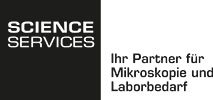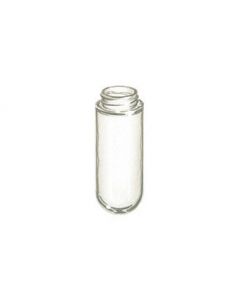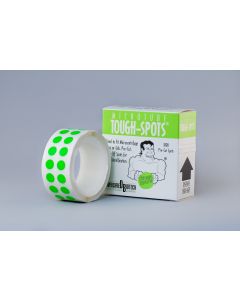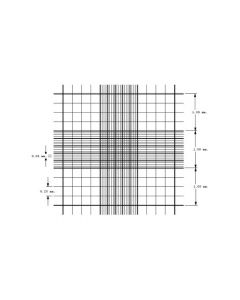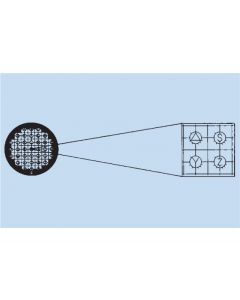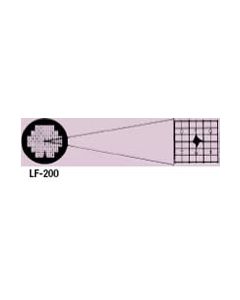CoverWell™ Press-to-Seal, Silikon-Isolator, Tiefe: 2,5mm, S/A, 8 runde Kammern, Durchmesser: 9mm
E70339-46
Produktdetails
Beschreibung
Isolate specimens using press-to-seal silicone isolators with removable hydrophobic barriers
Silicone isolators allow researchers to isolate specimens using removable hydrophobic barriers. They may be used to isolate cells grown in culture dishes or separate multiple specimens affixed to microscope slides.
Features:
-
Silicone isolators are available in silicone thickness 0.5 to 2.5 mm
-
Isolators are pre-cut into gaskets or as sheet materials with and without SecureSeal™ clean release adhesive on one or both surfaces.
-
Isolators remain sealed to smooth surfaces during washing steps.
-
Non-adhesive isolators are autoclavable and reusable.
-
Closed chambers may be formed using flexible RNase free, HybriSlip™ covers.
Ordering:
Isolators are available without coverslips, and packaged 25 per pack. They are available with 3 different gasket types either:
-
Silicone (S) / Silicone (S) – press-to-seal silicone gasket only, no adhesive
-
Silicone (S) / Adhesive (A) – press-to-seal silicone on one side and adhesive on the other side.
-
Adhesive (A) / Adhesive (A) – press-to-seal adhesive on both sides.
To fulfill your needs, we also offer the Sheet Material that can be used to match your own design chambers.
Instructions for Using Press-to-Seal Silicone Isolators
1. Remove either the adhesive liner or poly liner from the isolator surface. 2. Apply silicone isolator to glass microscope slide or coverslip using gentle pressure. Observe seal formed through the opposite side of the glass.
3. Remove liner (if present) from remaining surface.
4. Add specimen and/or reagent to isolated area.
5. Prevent evaporation by sealing exposed surfaces by gently pressing a glass coverslip or HybriSlip TM over the chamber surface.
6. Non-adhesive silicone isolators may be easily removed from slides or coverslips simply by peeling them off. Remove adhesive isolators from glass slides, slowly and carefully to avoid breaking the glass.
Non-adhesive Silicone Isolators seal well to both wet or dry surfaces. The best seal is formed on a dry glass surface.
Silicone Isolators may be adhered to themselves as a method to increase isolator depth.
Clean non-adhesive isolators for re-use by washing with detergent and water. Store clean and lint free.
Silicone surfaces may be “spot cleaned” using a strip of adhesive tape.
Silicone Isolators are intended for Laboratory Use Only
Weitere Informationen
| Kammerndurchmesser | 9mm |
|---|---|
| Kammernform |
rund
|
| Kammernhöhe | 2,5mm |
| Kammernmaterial | Silikon |
| Kammernanzahl |
8
|
| Abmessung | 25x51mm |
| Form |
rechteckig
|
| Verpackungseinheit | 25 Stück |
